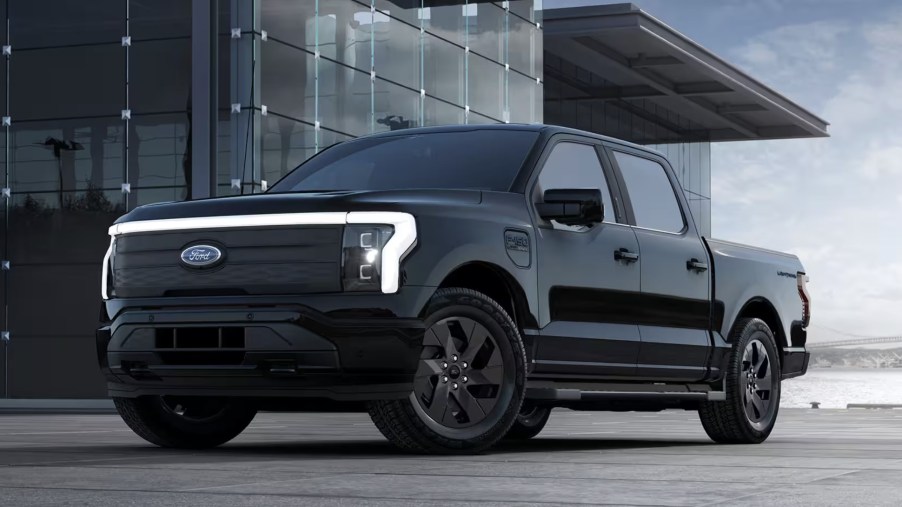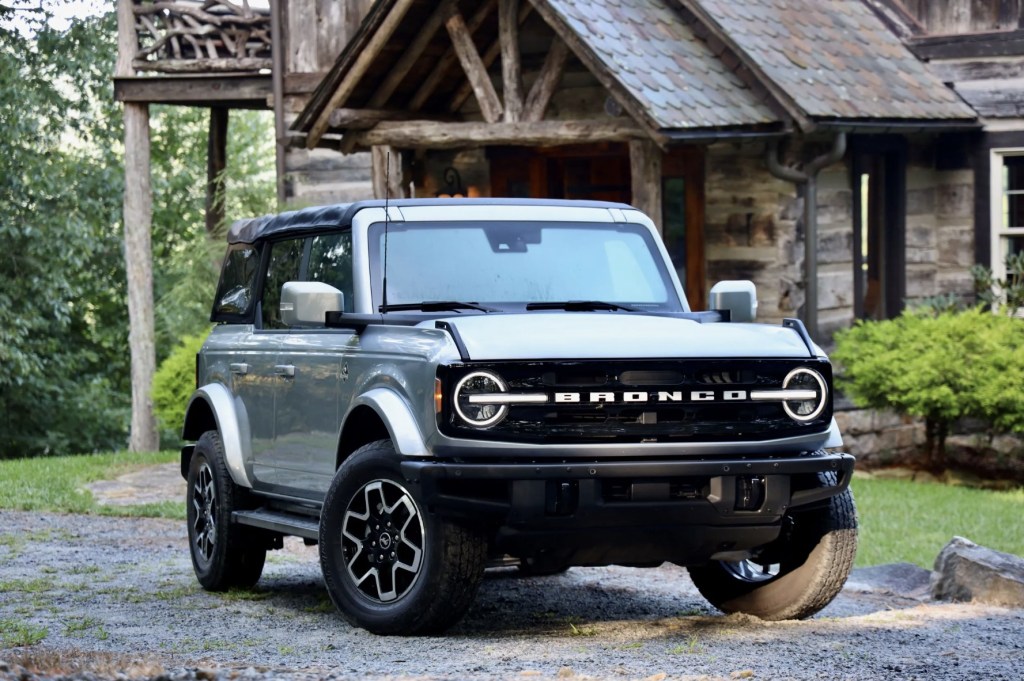
Cutting Ford F-150 Lightning Production Helps the Bronco
People have been slower to adopt electric vehicles than automakers expected. As a result, Ford has some pivoting to do as Ford F-150 Lightning production is cut in half. Now there’s more time and resources to go to vehicles with incredibly high demand, like the Ford Bronco and Ranger.
Ford F-150 Lightning production is cut to boost Ford Bronco’s

It’s official, production of the Ford F-150 Lightning is being cut in half. Ford planned to crank out 3,200 Lightning models per week, but that has been scaled back to 1,600 units.
This move is being made as a response to declining EV sales and slow growth. But the truck is still growing. In 2022, the F-150 Lightning sold 13,258 models and in 2023 it moved 20,365 units.
That’s a 53% increase. But during the last quarter, EVs only represented 8% of industry sales. Also, Ford lost nearly $4 billion on EV sales in 2023.
As a result, one of the three shifts at the Michigan assembly plant is being temporarily cut on April 1, 2024. This move impacts nearly 1,400 employees at the plants and dozens of workers at F-150 Lightning component plants.
But about 900 of these workers are being transferred to other facilities. Plus, a third shift will be added to the Michang plant that assembles the Ford Bronco and the Ford Ranger.
This is a smart move because Ford Ranger production has been slammed with delays and Ford Bronco production hasn’t been able to keep up with demand.
A significant number of 2023 Bronco models were pushed back until 2024. Roughly 99,547 Bronco models were sold in 2022, and it moved 127,476 units in 2023.
While the Ranger struggles against declining sales, the introduction of the redesigned 2024 model could turn things around. But it currently has a waiting time of six months to a year. The Bronco also has a six-month or longer wait time.
While the F-150 Lightning will continue to meet demand, hopefully shuffling workers around will allow Ford to better meet Bronco and Ranger demand.
Expensive prices, range anxiety, and lack of infrastructure are the primary reasons for slowing EV adoption. But the Biden administration is pushing for 67% of all new vehicles to be EVs by 2032.
Ford is prepared to meet production demands for that figure, but it seems a little drastic. Stay tuned to see how the production of EV and ICE vehicles fluctuate.



